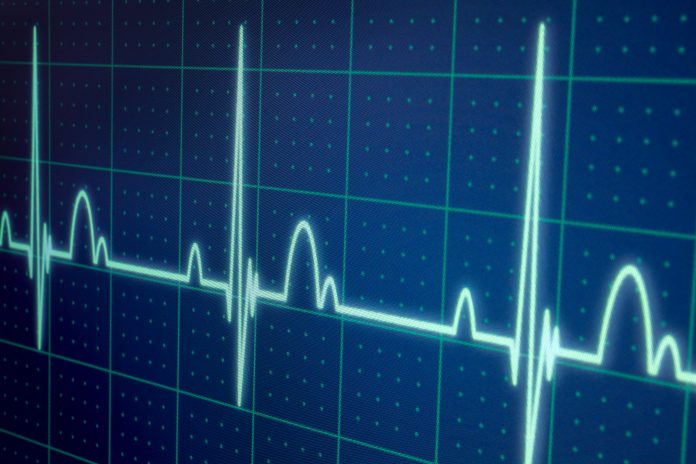A new study, demonstrating how circadian rhythms in heart cells alter daily heart function, may explain why shift workers are vulnerable to heart complications
Scientists, from the Medical Research Council (MRC) Laboratory for Molecular Biology in Cambridge, have discovered that levels of ion inside heart cells change over the course of the day, allowing the heart to better sustain increased heart rate when we’re active.
The team believe that this discovery may help to explain why shift workers are more vulnerable to heart problems and lead to new treatment/prevention methods.
This is because ion rhythms driven by clocks in the heart could get ‘out of sync’ with their stimulation from clocks in the brain.
Cardiovascular treatments
Dr John O’Neill, from the MRC Laboratory of Molecular Biology, said:
“The ways in which heart function changes around the clock turn out to be more complex than previously thought.
“The ion gradients that contribute to heart rate vary over the daily cycle.
“This likely helps the heart cope with increased demands during the day, when changes in activity and cardiac output are much greater than at night, when we normally sleep.
“It opens up the exciting possibility of more effective treatments for cardiovascular conditions, for example by delivering drugs at the right time of day.”
Dr Megan Dowie, MRC Head of Molecular and Cellular Medicine, said:
“This really interesting research supported through the MRC AstraZeneca Blue Sky Initiative shows the incredible potential for innovative academic-industry relationships to push the frontiers of discovery science.
“It addresses fundamental, unanswered questions about how the body works and points to exciting new possibilities for therapeutic innovations.”
The study was supported by MRC and AstraZeneca Blue Sky Initiative.













